Director: Monta Bell
Writer: Carey Wilson, from the play Merry Wives of Gotham by Laurence Eyre, with titles by Joseph W. Farnham
Stars: Marion Davies and Conrad Nagel
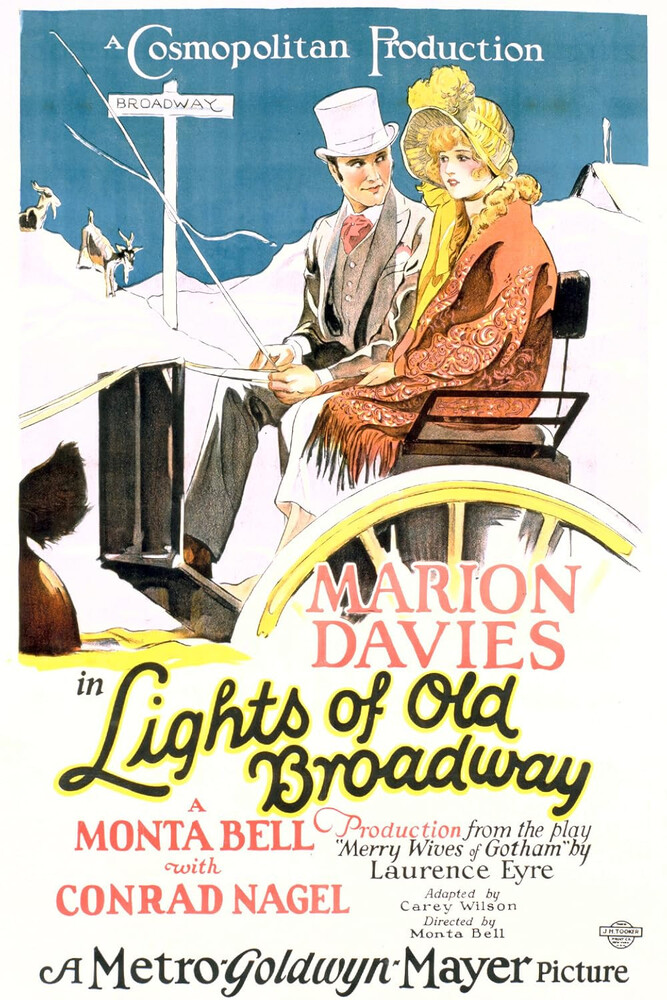 |
Index: That's a Wrap!
“Some of us are born to be lucky...”, says the opening intertitle, “and others are lucky to be born.” That’s Joseph Farnham earning his pay for titles already. Marion Davies plays both, as a pair of sisters orphaned on board a ship on its way to New York and fostered by different parents at opposite ends of the social scale.
We quickly leap past childhood so Anne De Rhonde can be “petite and perfectly bred” at a choice address in Washington Square but Fely O’Tandy, the sister she doesn’t know she has, only “rough, roguish and Irish” down in the ethnic slums.
There’s more opportunity for Davies in Fely so naturally we concentrate on her, beginning with her climbing to the top of a ridiculously large stack of tables in the street, then tipping them over, miraculously sustaining only a few bruises in the process.
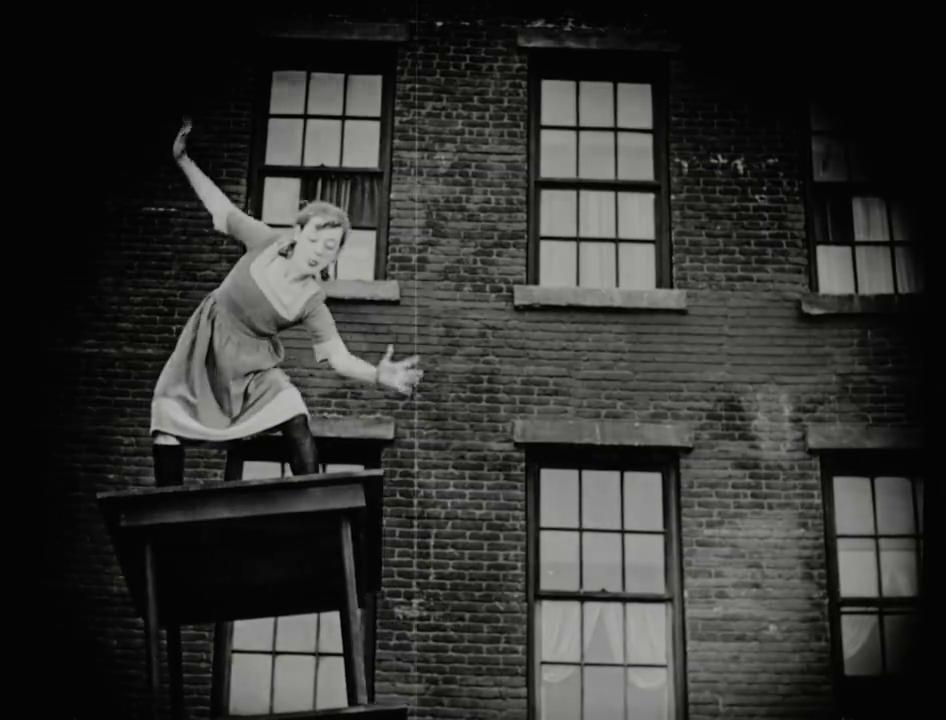 |
The story unfolding behind them was surely a cliché in 1924 when Laurence Eyre wrote The Merry Wives of Gotham but it certainly is now. I dare to suggest that you could write the script yourself, at least once we meet Anne’s foster brother, Dirk. Yes, the trope is rich boy/poor girl, which plays into the stupid prejudices of both fathers, but with an added twist that adds something of historical interest.
You see, the title has meaning beyond Fely landing a job on the Broadway stage. Dirk is a young man looking to the future, working for New York Street Electric Lighting Company, a risky endeavour given that there are no lights in the streets running on electricity. Lambert De Rhonde, his father, is as firmly stuck in the past as his racism and classism. “Electric lights will never be practical,” he proclaims, keeping his investments in gas.
Given how many of us use gas lamps in 2025, it’s surely no spoiler to suggest that he is soon forced to change his mind on that, courtesy of the pivotal scene of the movie, in which Brush will make 14th Street go dark for five minutes so he can test his electric arc lights. And they work, of course, even if Fely has to contribute a hairpin to the process, leaving De Rhonde’s bank in serious danger of collapse but Shamus O’Tandy a rich man because of the shares that he bought from another Irishman.
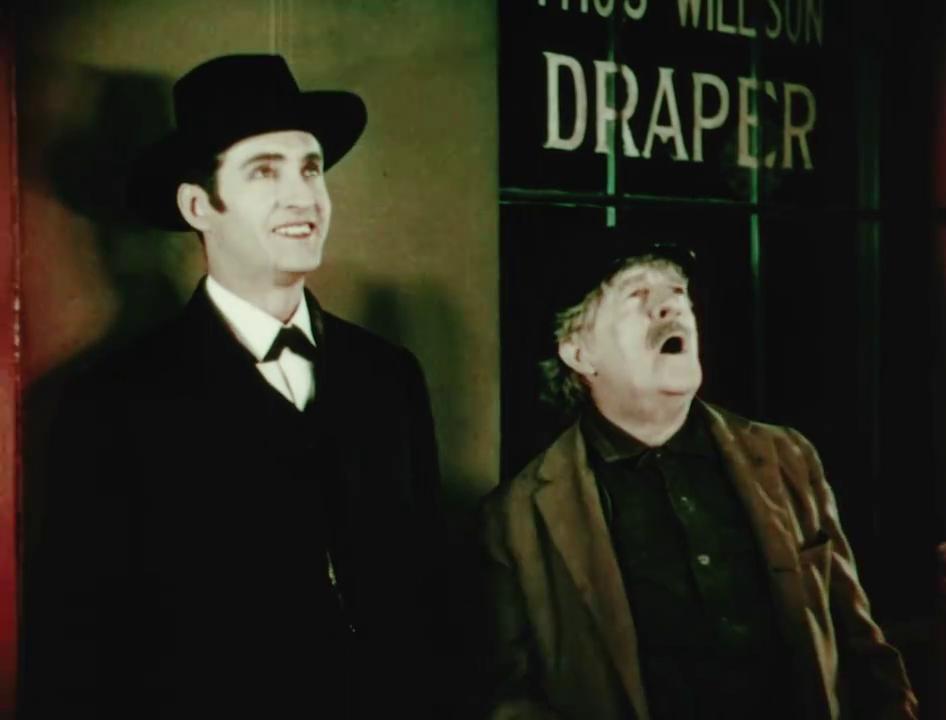 |
None of that is surprising, once it’s set up in the early stages. What was surprising to me in 2025 but probably not so much the audience of a hundred years ago is just how much this ties to real history. That ceremony dates the story to 1880, when Charles F. Brush demonstrated his invention on Broadway, as per the title, if not the script.
Charles Brush isn’t the only historical figure here. The most obvious is Thomas A. Edison, a huge name in 1925, not least for his electricity work. However, Tony Pastor, Fely’s boss at the theatre on Broadway, is real, as were a pair of kids who audition for him, Weber and Fields. “Come around when you grow up...” he offers them, “I might give you a chance.” Indeed he did and, by 1896, they had their own theatre.
There’s also an anachronistic appearance of Teddy Roosevelt, as a young boy with a set of good grades to show off to his father except conduct. “You’d better improve your conduct mark or you’ll never get that soldier suit,” his dad tells him. It’s a great scene, if only Teddy were twelve in 1880 instead of twenty-two. He was also homeschooled.
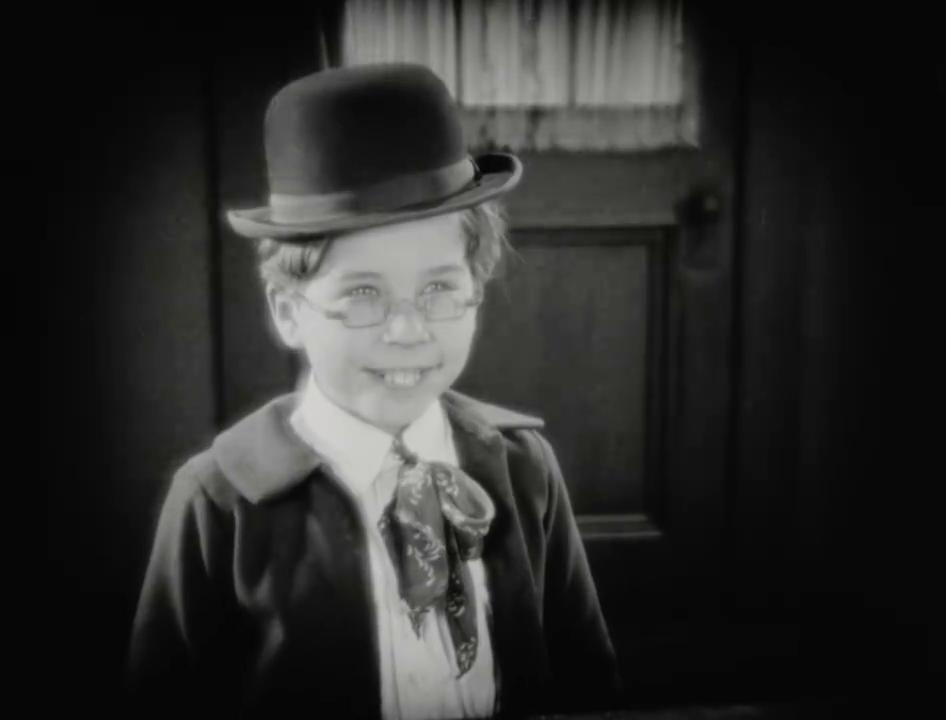 |
All this historical backdrop, accurate or not, is fascinating to see, especially as we’re now a century and a half adrift from 1880, so most of the names have drifted into obscurity and we have to pay serious attention to realise who’s fiction and who’s fictionalised.
The foreground, of course is melodrama and predictable melodrama at that. Guess who falls for Fely O’Grady when he sees her on stage at Tony Pastor’s? Guess who’s about to evict the O’Grady’s for non-payment of rent on land he owns? Guess who gives up Dirk so that he can live the entitled life he was always meant to? Guess who knows that but keeps it secret from her brother until the appropriate moment? It doesn’t take a lot of guesswork, does it?
However, that doesn’t mean that it’s not fun to watch. I’ve long enjoyed Marion Davies as a comedienne and think she’s underrated today. Sure, William Randolph Hearst built a career for her and she was likely the top female star in Hollywood by 1924 because of him. But that doesn’t mean she wasn’t good at what she did. She was and Fely was a perfect role for her, as a former teenage Broadway dancer herself.
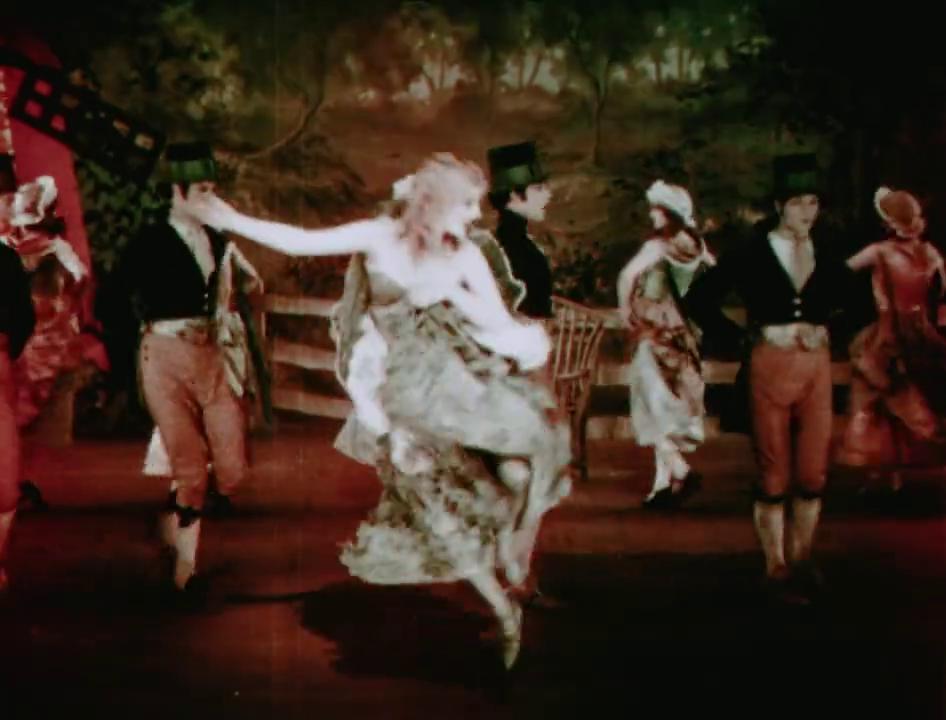 |
She’s solid as Anne De Rhonde, which isn’t a big part, but joyously alive as Fely O’Grady, on occasion reminding of Mary Pickford in Little Annie Rooney but more believable because she’s not playing underage. The story doesn’t make much of a deal about Dirk’s fiancée and foster sister looking highly similar, but the scenes in which they both appear are well handled.
There’s a great scene to spark a brawl at an Orangemen’s Parade. It was always going to go down anyway, because the Catholic Irish, with Shamus O’Grady prominent among them, have bricks to hurl at both rich and Protestants, but it’s actually started by Dirk De Rhonde saving Fely from an unwelcome admirer. She doesn’t actually need saving, so promptly saves him in return by acquiring him a change of clothes so he doesn’t look like a gentleman.
Conrad Nagel does his job as Dirk, enough so that he’d be paired with Davies again in 1927’s Quality Street. It’s emphatically Davies’s show, though, from beginning to end.
 |
In fact, after Davies, it was Charles McHugh I most appreciated, as Shamus O’Grady. He’s a standard Irish rogue but he has a real twinkle in his eyes throughout, whatever his financial standing at the time. He does everything that Barry Fitzgerald would do in the role but with more believable grounding in poverty.
I didn’t like Frank Currier anywhere near as much, though as Lambert De Rhonde, I’m not supposed to. However, the scene in which he and Shamus come together at the bank, could well be my favourite from the entire film. It’s told through Hollywood Irish logic, but I loved it anyway. They both clearly had fun.
I should also mention that there are scenes here shot in Process 2 Technicolor, including a brief performance of a highly impressive yet annoyingly uncredited pair of acrobats; Fely’s stage performance at Tony Pastor’s; and, best of all, the scene when electricity lights up 14th St. One old woman literally dies happy.



No comments:
Post a Comment